CO582: Computer Interaction and User Experience
Metaphors
Tomas Petricek
email: t.petricek@kent.ac.uk
twitter: @tomaspetricek
office: S129A
What are metaphors good for

Computers can do almost anything!
Sometimes expected, sometimes unexpected
How to help user
make sense of it?
What are metaphors good for
An expression that describes a person or object by referring to something that is considered to possess similar characteristics.
Cambridge Dictionary (online)
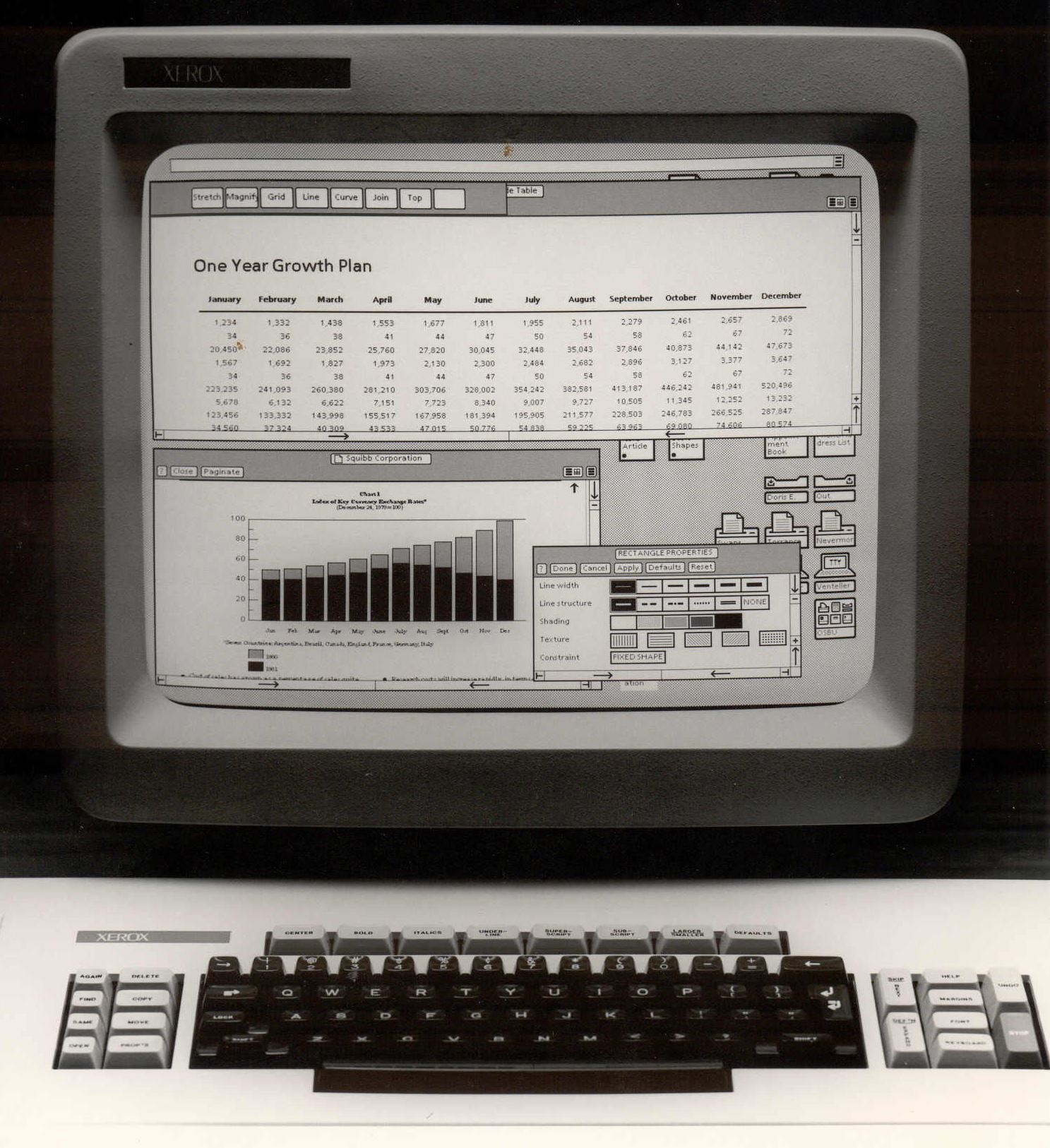
Xerox Star (1981)
Computer is like a desk with documents
Icons represent documents
Clicking opens the document or a folder
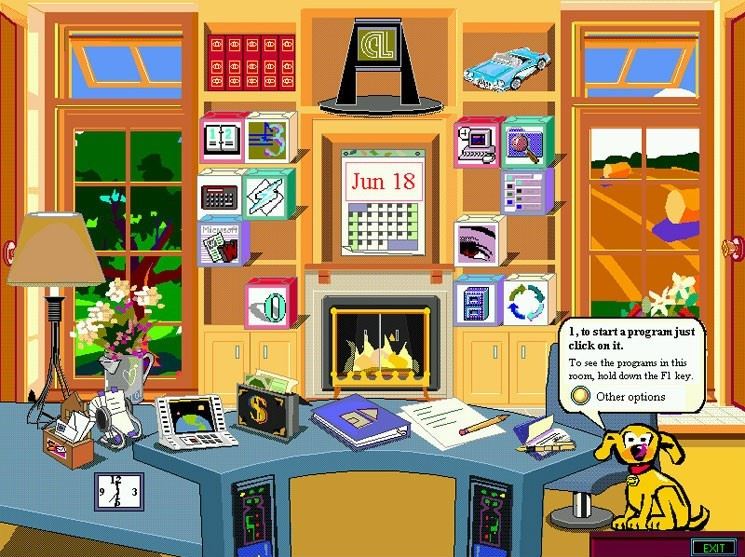
Microsoft Bob (1995)
Beware of too literal interpretations
In physical world, you know you can do, but what about here?
Nobody likes Clippy!
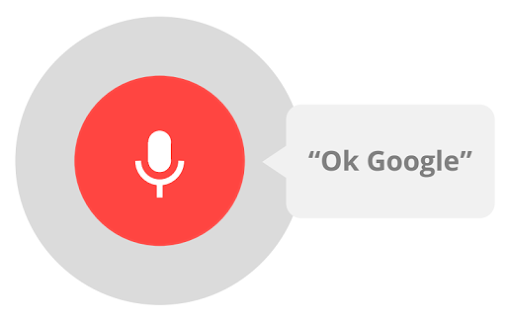
Siri, Google, Echo
Personal assistant metaphor is back!
This time without childish graphics...
Thinking using metaphors
Metaphor in literature
[Metaphor is a] figure of speech in which a name or descriptive word or phrase is transferred to an object or action different from, but analogous to, that to which it is literally applicable.
Metaphor in literature
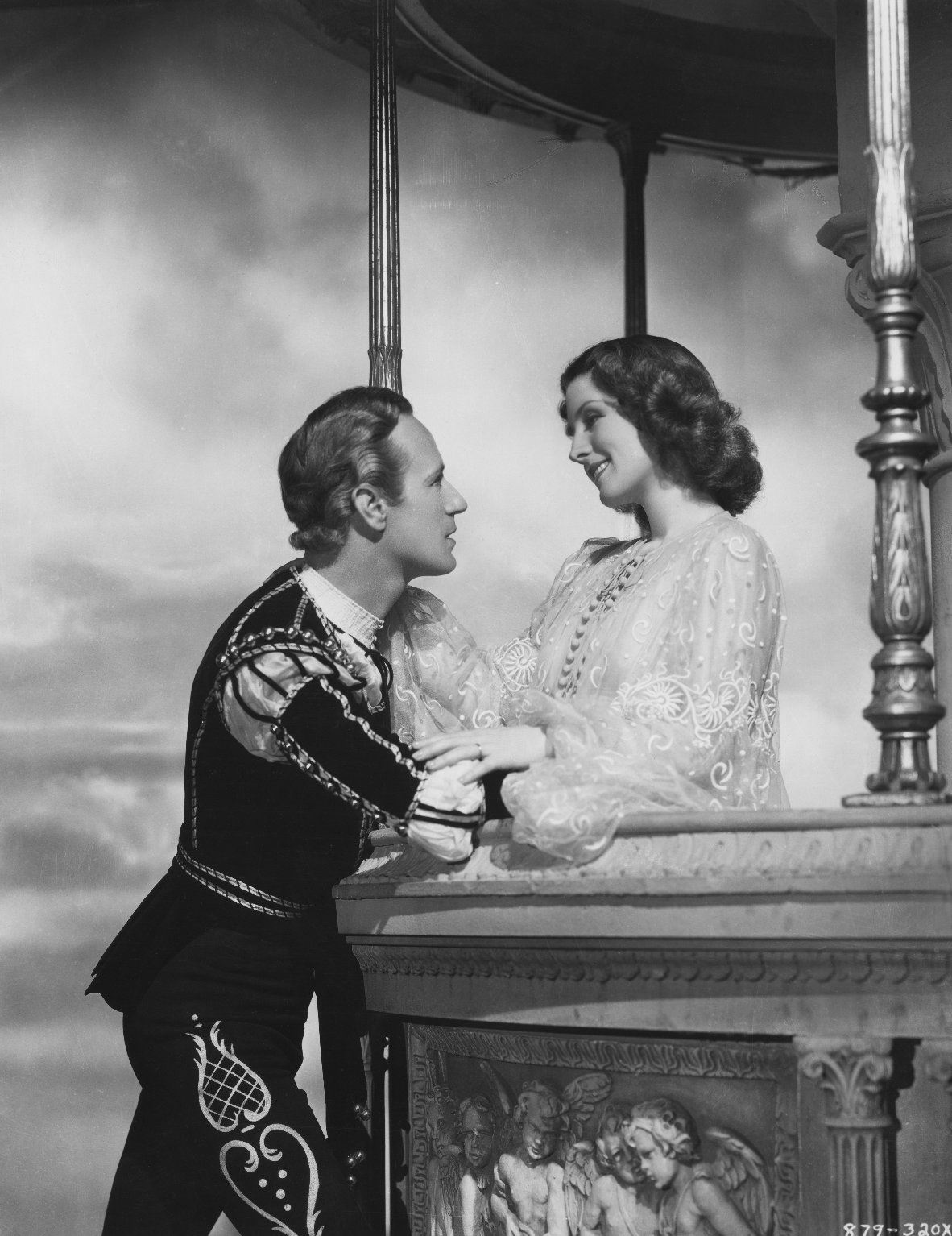
Romeo and Juliet
But, soft! what light through yonder window breaks? It is the east, and Juliet is the sun! Arise, fair sun, and kill the envious moon.
Juliet is the sun
- Has warmth, radiance and the giving of life
- Not luminous ball of hydrogen and helium
- Interpreted according to reader's culture
Metaphor in cognitive science
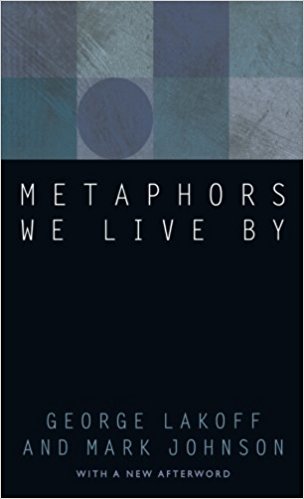
Metaphors are central to thought
- Explain new thing in terms of familiar
- Explain abstract concept in concrete terms
- Apparent from the language we use
Good is up
- "He has such high spirits"
- "I fell into a depression"
- "We hit a peak last year; it's been downhill since"
Mathematics is constructed via metaphors
Innate arithmetic
Babies have basic mathematical capabilities
Addition and subtraction up to three
Grounding metaphors
Sets are like physical containers
Arithmetic is like motion along a path
Linking metaphors
Numbers are like sets, i.e. \(\emptyset, \{ \emptyset \}, \{ \emptyset, \{ \emptyset \} \}\)
Infinity as the end of an iterative process
Metaphors in user experience design

Transfer mental model from designer's to user's brain!
Metaphors in user experience design
Why and how of metaphors in UX design
Help build a metaphor that users will use anyway
Use familiar concepts to help learning
Give an abstract idea a concrete form
All metaphors are imperfect by design
Metaphors and computing
First Draft of a Report on the EDVAC (1945)

Computer is like a living system, components are organs
Common computing metaphors
|
General computing Electronic brains |
User interfaces Dialog, menu |

Twitter timeline
Showing tweets in chronological order
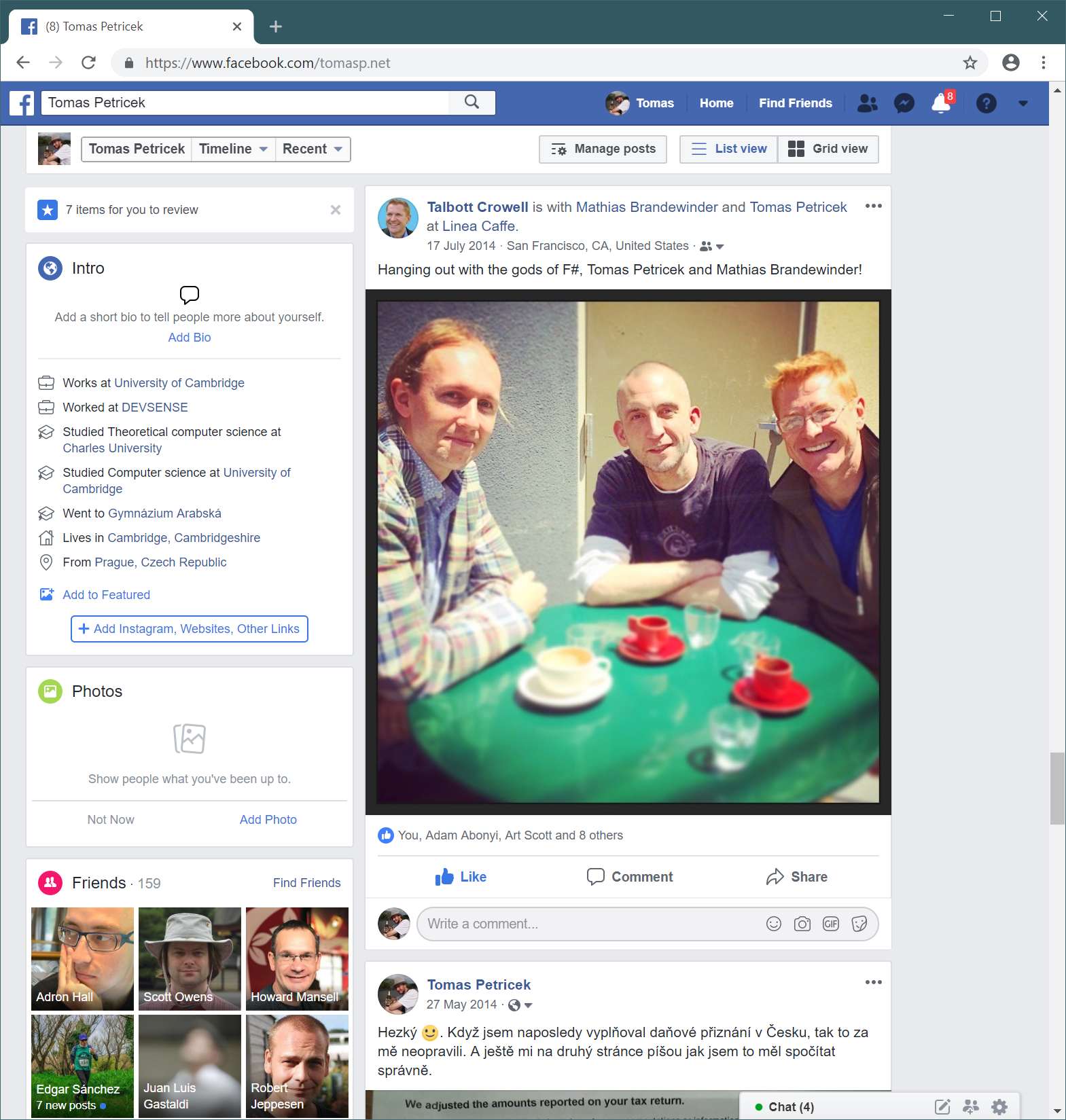
Facebook wall
The original profile space where you post things
Renamed from "wall" to "timeline" in 2011
Three types of metaphors
Three types of metaphors plus a bonus
Orientational metaphors
How to use the screen space in user interface
Ontological metaphors
Explain computer ideas in concrete terms
Structural metaphors
Exploit structural similarity between concepts
Metonymy
Refer to something using an understood related thing
Orientational metaphors
Spatial and temporal orientation
Based on physical and cultural experience
Good is up, happiness is up, high status is up
Next is to the right, backwards is to the left
Locate abstract operations on 2D screen space
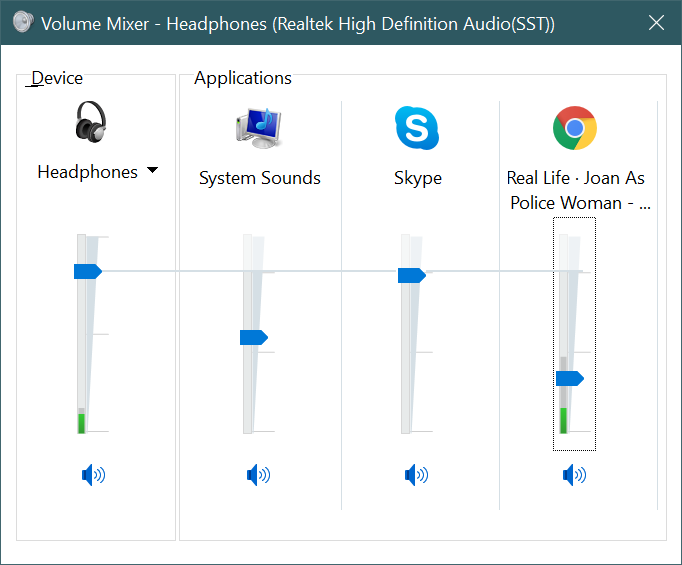
Magnitude controls
More is up
Less is down
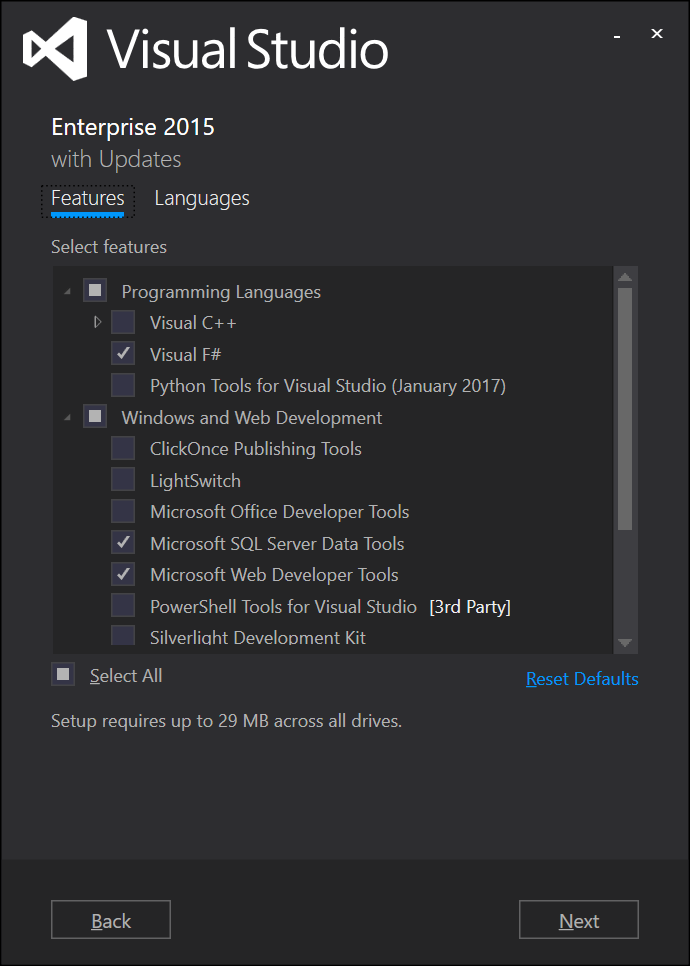
Installers and wizards
Back is left
Next is right
Ontological metaphors
Understanding the nature of things
Explain ideas in more concrete terms
Inflation is an entity, we need to combat inflation
Container metaphor, such as set is a container
Referring to things and identifying their aspects

File is an object
It has properties
such as size
Enables commands such
as move the document
into a trash bin

Textbox is a container
"Type some text into the textbox"
Structural metaphors
Similarity between a computer and the real-world
Structural similarity between two things
Argument is war, i.e. "he attacked her position"
Never a perfect match - there are always misfits
May be more culturally dependent than others

Moving files to trash
Empty the trash to permanently delete
But you can always add more files to it.
Also does not smell!
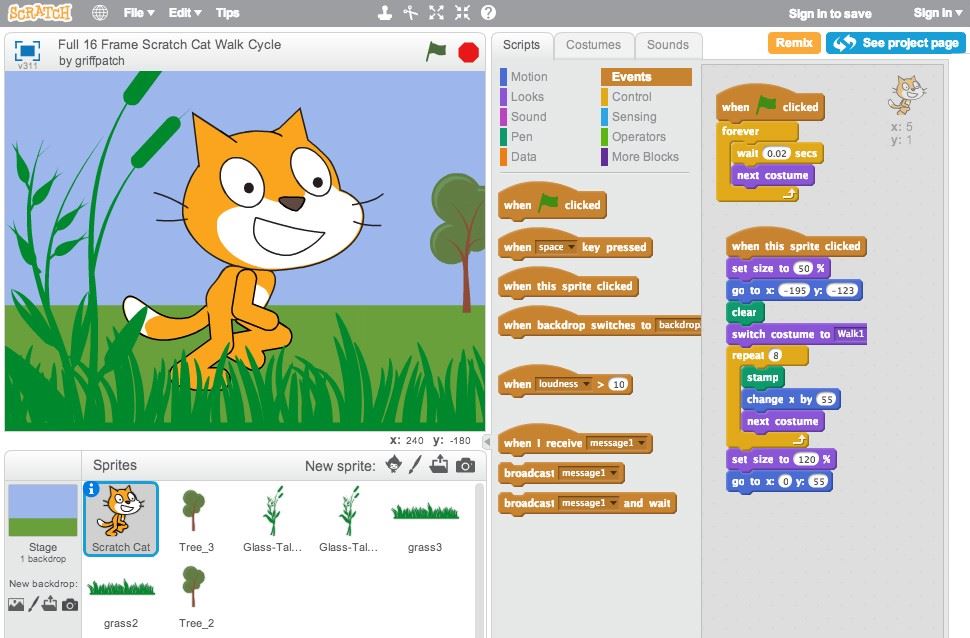
Block languages
Program constructs
are pieces
of a puzzle
Can only fit in certain ways
Metonymy
Not a metaphor but related
- Explains concept in terms of another
- Use one entity to refer to another that is related
- Used in user interfaces in the form of icons
- Not used as heavily as it used to be...
Are metaphors good or evil?
Criticism of metaphors
Don Norman - The Invisible Computer (1998)
Metaphors are an attempt to use one thing to represent another, when the other is not the same. But if it is not the same, how can the metaphor help?
Alan Kay - User interface: A personal view (1990)
[Should designers] transfer the paper metaphor so perfectly that the screen is as hard as paper to erase (...)?
Criticism of metaphors
Why metaphors might not be good design device
Differences may outweigh the value of similarities
They are only useful when learning the system
Not everything can be seen via a metaphor
Empirical evidence against usefulness of metaphors
Designing with metaphors
Designing with metaphors
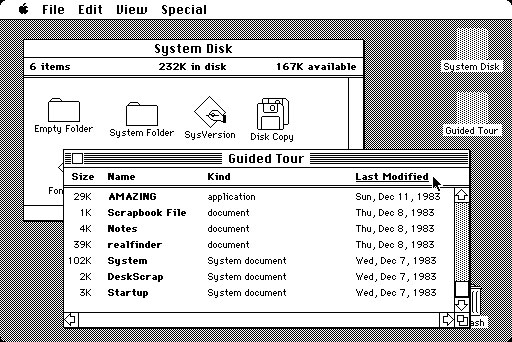
Helpful when used carefully
- Often obvious in hindsight
- Shopping basket in e-shops
- Help designers think
Understand matches and mismatches
- Matches are where the similarity works
- Mismatch when computer cannot do something
- Mismatch when computer can do more
Designing with metaphors
Structured method for metaphorical design
- Identify system functionality
- Generate possible metaphors
- Identify metaphor-interface matches
- Identify interface-metaphor mismatches
- Handle mismatches
Designing with metaphors
Handling mismatches in metaphors
Make actions without metaphorical equivalent visible
Expect users to try things that work in the world
Use composite (or backup) metaphor for misfits
Avoid being too literal to avoid misfits
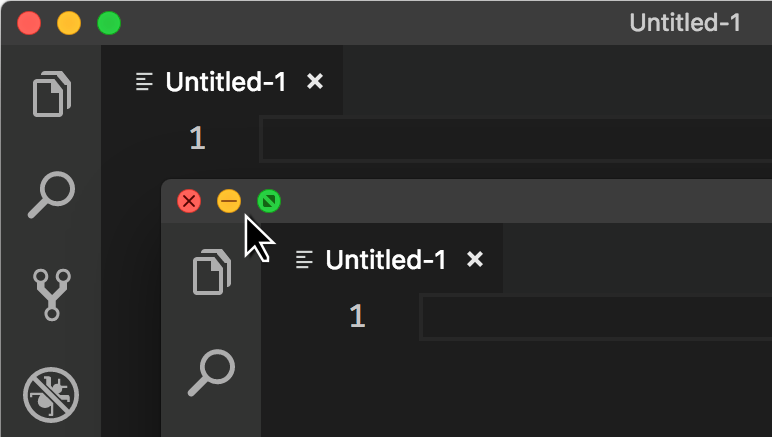
Composite metaphor
Primary
Traffic lights
(red, orange green)
Secondary
Familiar signs
(cross, bar, stretch)
Summary
Metaphors: From literature to computing
Where metaphors come from
- Metaphor as a literary device
- Metaphor as fundamental cognitive science concept
Metaphors in computing
- Computing: Electronic brains, libraries, office
- User interface: Desktop, wall, timeline, basket
Metaphors: Designing with metaphors
Three kinds of user interface metaphors
- Organizational for mapping ideas to a space
- Ontological for explaining what abstract concepts are
- Structural for mapping between similar things
Understanding metaphorical fits and misfits
- Metaphors cannot, in principle, be perfect
- Exploit where it fits, careful about where it does not
CO582: Metaphors
What you should remember from this lecture
- What is a metaphor and user interface examples
- Orientational, ontological and structural
- Arguments for and against; fits and misfits
Tomas Petricek
t.petricek@kent.ac.uk | @tomaspetricek
References
Books, theses and resources
- Interaction Design: Beyond Human-Computer Interaction, H. Sharp, Y. Rogers, J. Preece
- Where Mathematics Comes From, G. Lakoff, R. Núñez
- Metaphors We Live By, G. Lakoff, M. Johnsen
- User-Interface Metaphors in Theory and Practice, Pippin Barr's MSc thesis
